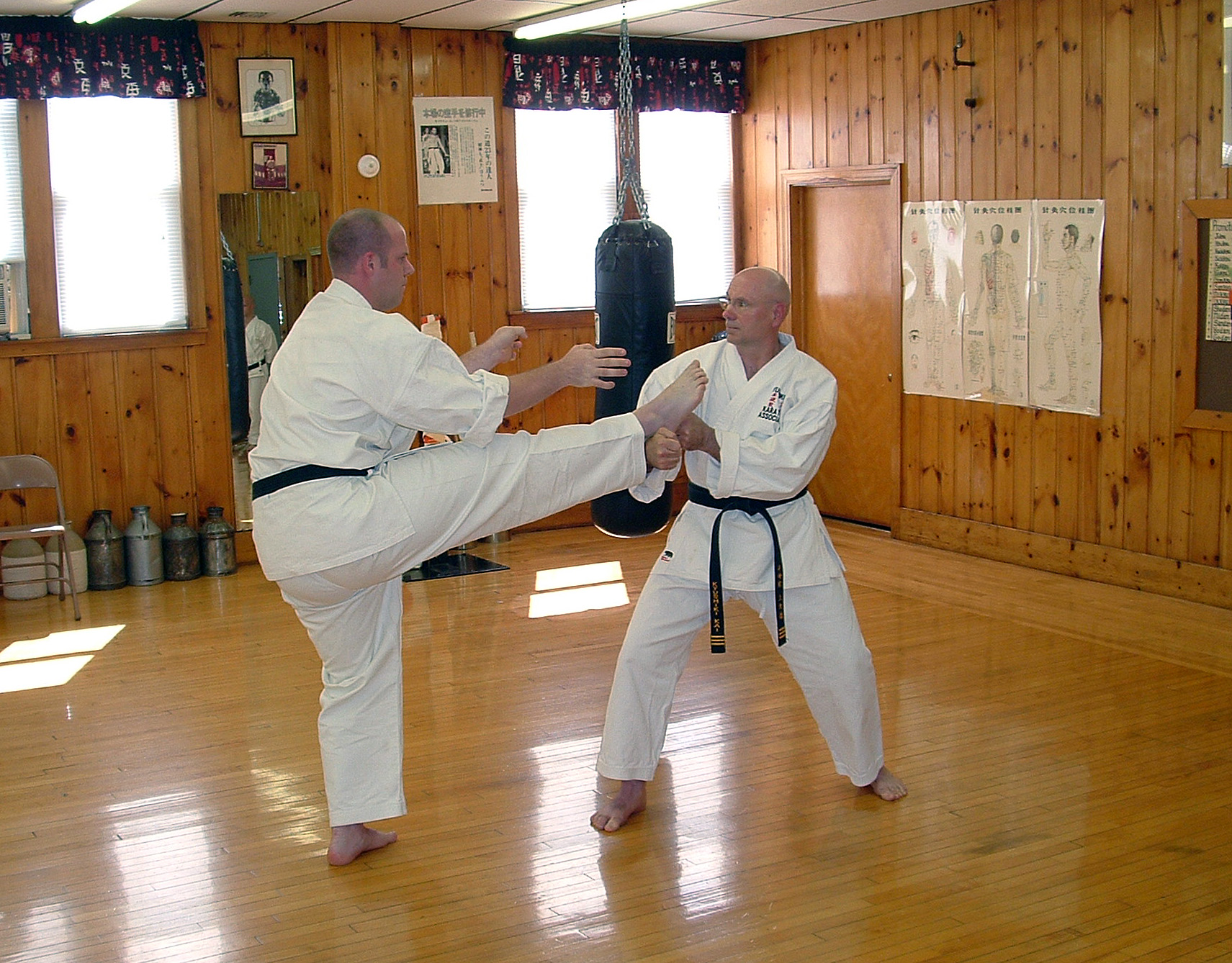
Many of these dojos from other areas of Japan and from around the world maintain strong connections with Okinawa, karate’s spiritual home. There was significant emmigration from Okinawa to North America, South America, and Europe around this time, and emigres from Okinawa took karate skills with them.

Students of Okinawa karate practitioners set up dojos on mainland Japan, and Americans who studied karate while stationed on military bases in Okinawa took their new skills back home. Dojos could be set up more independently and freely, and karate spread quickly. In Okinawa, the three main schools that developed were Shorin-ryu (derived from Shuri-te and Tomari-te), Goju-ryu (from Naha-te), and Uechi-ryu (influenced by Pangai-noon kung fu and founded by Kanbun Uechi).Īfter WWII, rules regarding styles and the establishment of dojos became more flexible. With the spread of karate, it became more localized and diversified and many new styles developed. As Okinawa integrated into Japan, karate gained popularity on the mainland and overseas. Around this time, karate masters such as Anko Itosu are credited with modernizing the martial art and making it more accessible to the general public. These early forms of karate were known as Shuri-te, Naha-te, and Tomari-te.Īfter the dissolution of the Ryukyu Kingdom in 1879, by the Meiji government of Japan, new schools of karate developed, and the art became further diversified. Sokon Matsumura, Kanryo Higaonna, and Kosaku Matsumora are considered some of the earliest karate masters, each practicing a slightly different style of martial art. It is following this that ti is thought to have taken the shape of karate, which is written with characters meaning “empty hand.” In 1609, forces from the Satsuma Domain (present-day Kagoshima) invaded the Ryukyu Kingdom, and a ban was placed on ci tizens of the Ryukyu Kingdom from carrying weapons. And this cemented ti as an integral part of the culture across the kingdom. It was practiced by members of the ruling classes from all across the islands, who lived in the capital, Shuri. During the reign of the Ryukyu King Sho Shin (1477–1526), ti flourished. Karate is believed to have evolved from ti, and its centuries-long evolution likely began when trade was established with China, and martial arts from across Southeast Asia were introduced to Okinawa. Ti is written with the Japanese character for “hand,” and shares this with the “te” in karate. The exact origins of karate are not recorded, but the art is very closely connected to ti, an ancient Okinawan form of self defense. Shaped gradually over the centuries, karate is an aspect of this culture. It traded with neighboring countries, and the various influences of its trading partners blended, and evolved to form the unique culture of the Ryukyu Kingdom. The kingdom found great success as a bridge between nations.

For 450 years from 1429 to 1879, the islands of Okinawa were an independent nation, the Ryukyu Kingdom.


 0 kommentar(er)
0 kommentar(er)
